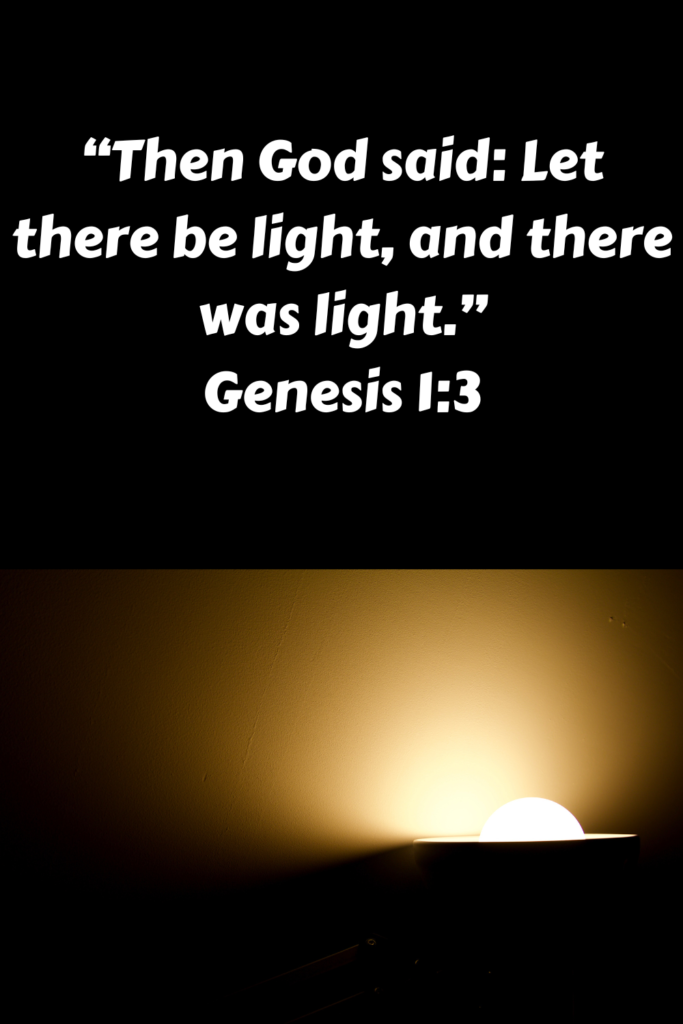Sharing is caring!
Welcome to the second post in our Fall Homeschool Science Series! Be sure to read this post first for my tips and thoughts on teaching chemistry to kids and find out about the other experiments in the series! Today, we will answer the question: “How do glow sticks work?”. I will provide some background information. You may read this beforehand or read it together with your kids. I also have a free printable note-booking pages with the experiment as well as room to record your data. Be sure to also check out the supplemental resources at the end of the post.
How do glow sticks work?
In order to get a glow stick to glow, you first have to bend the tube until you hear a crack. If you have ever done this before, you will remember also hearing a cracking sound inside the tube. Then, you observed the glow.
When you crack the glow stick, you are actually breaking two small ampules (glass containers) inside the glow stick. There is a different chemical inside each ampule, and when you crack them, you are allowing the chemicals to mix and react.
How do glow sticks glow?
One ampule holds an chemical compound (an oxalate ester) and a dye and the other ampule holds a hydrogen peroxide solution. The chemicals react with each other and then with the dye to produce the glow stick’s characteristic glow. (For a more in depth chemistry explanation, see this post from Chemical and Engineering News. It also includes information about how the glow stick reaction was discovered. Fascinating!)
Chemiluminescence
“Chemiluminescence” (pronounced /ˌkemēˌlo͞oməˈnesns/) is the process of releasing energy in the form of light. We observe this when we see the light emitted from the reaction inside the glow stick. Since we observe hemiluminescence, we know that that a chemical reaction has occurred.
How long do glow sticks last?
Have you ever tried keeping a glow stick in the freezer to see if it lasts longer? Does this even actually work?
The science behind keeping your glowstick in the fridge is based on the fact that the rate of a chemical reaction can be decreased by decreasing the temperature. However, this is an oversimplified way of viewing reaction rates.
Therefore, we cannot assume that a glow stick will last longer by sticking it in the freezer. We can, however, perform an experiment to test this claim!

The Science Experiments
All experiments must be performed with adult supervision.
Let’s see how temperature affects glow stick glow! The fall (and even winter) is the perfect time to perform these experiments because you can easily find glow sticks. To perform both experiments, you will need at least 5 traditional glow sticks. Here are the other materials you will need:
Experiment 1
- 2 new glow sticks (not cracked)
- a freezer
Experiment 2
- 3 new glow sticks (not cracked)
- 3 cups (make sure at least one can hold very hot water)
- ice water to fill one cup
- room temperature water to fill another cup
- boiling water (slightly cooled) to fill the third cup

Free Printable Lab Notebook Pages
I have made some free printable lab note-booking pages for your children (and you!) to record your hypotheses, observations, and results! You can access them by subscribing. You will receive one email confirming your subscription and another email with a link to the subscriber library and password. Save the second email so that you can always access my free printables for you!
Alternatively, you may also just wish to perform the experiments and lead the children in an open discussion. Some questions to get you started are:
- Why do you think XYZ happened in this experiment?
- How is static electricity at play?
- What other related experiments would you like to try?
- How could we improve this experiment?
Other resources for further study
Here more fun and informative resources to enhance your glow stick studies:
Brilliant! 25 Catholic Scientists, Mathematicians, and Supersmart People (pg. 75: Sister Miriam Michael Stimson – Chemist and DNA Pioneer)
Science is a gift from God
I hope you enjoy these fun glow stick experiments with your kids! Always remind them that science is a gift from God, and it is a privilege that He allows us a small peak into how His wonderful world works!
Sharing is caring!

